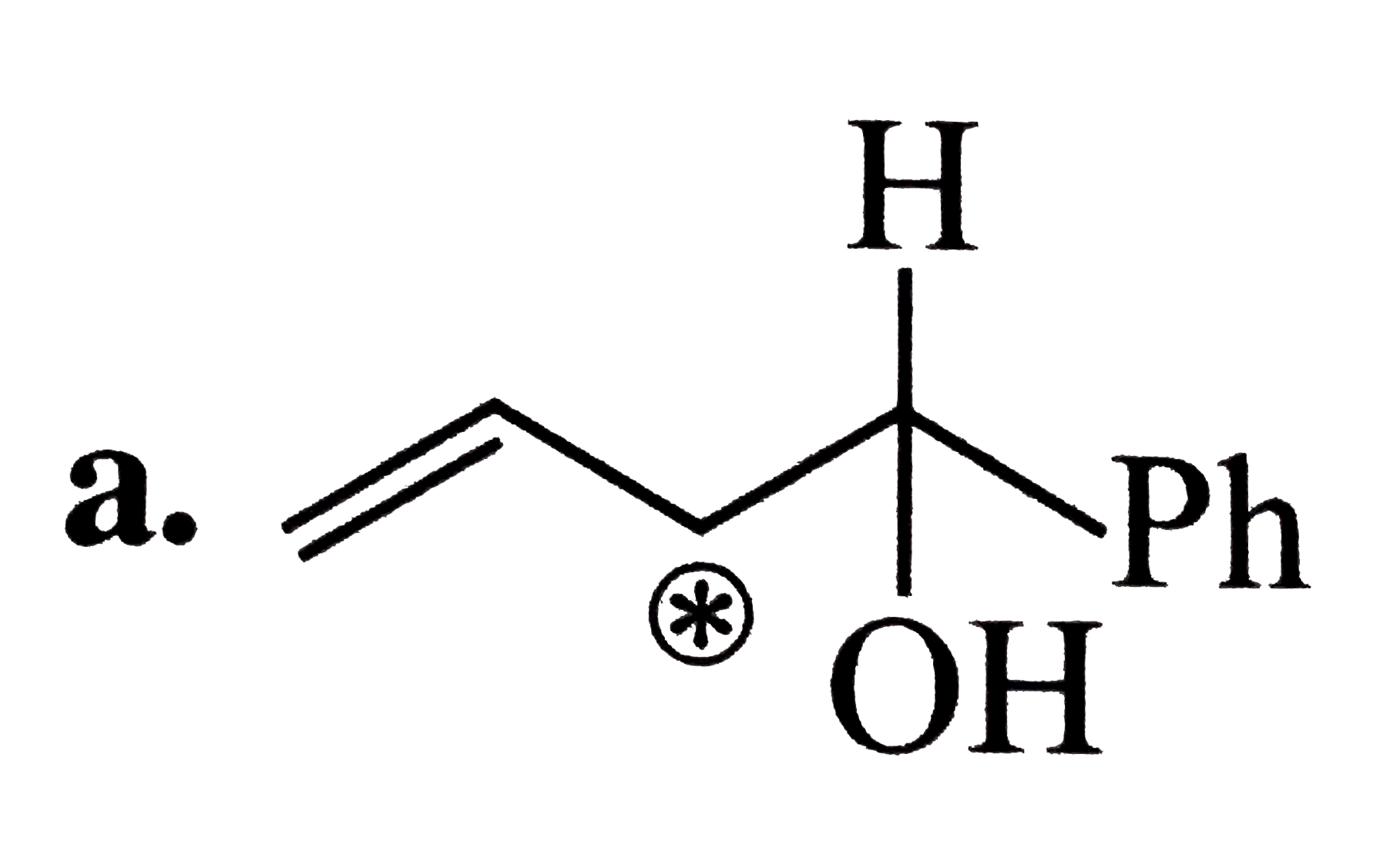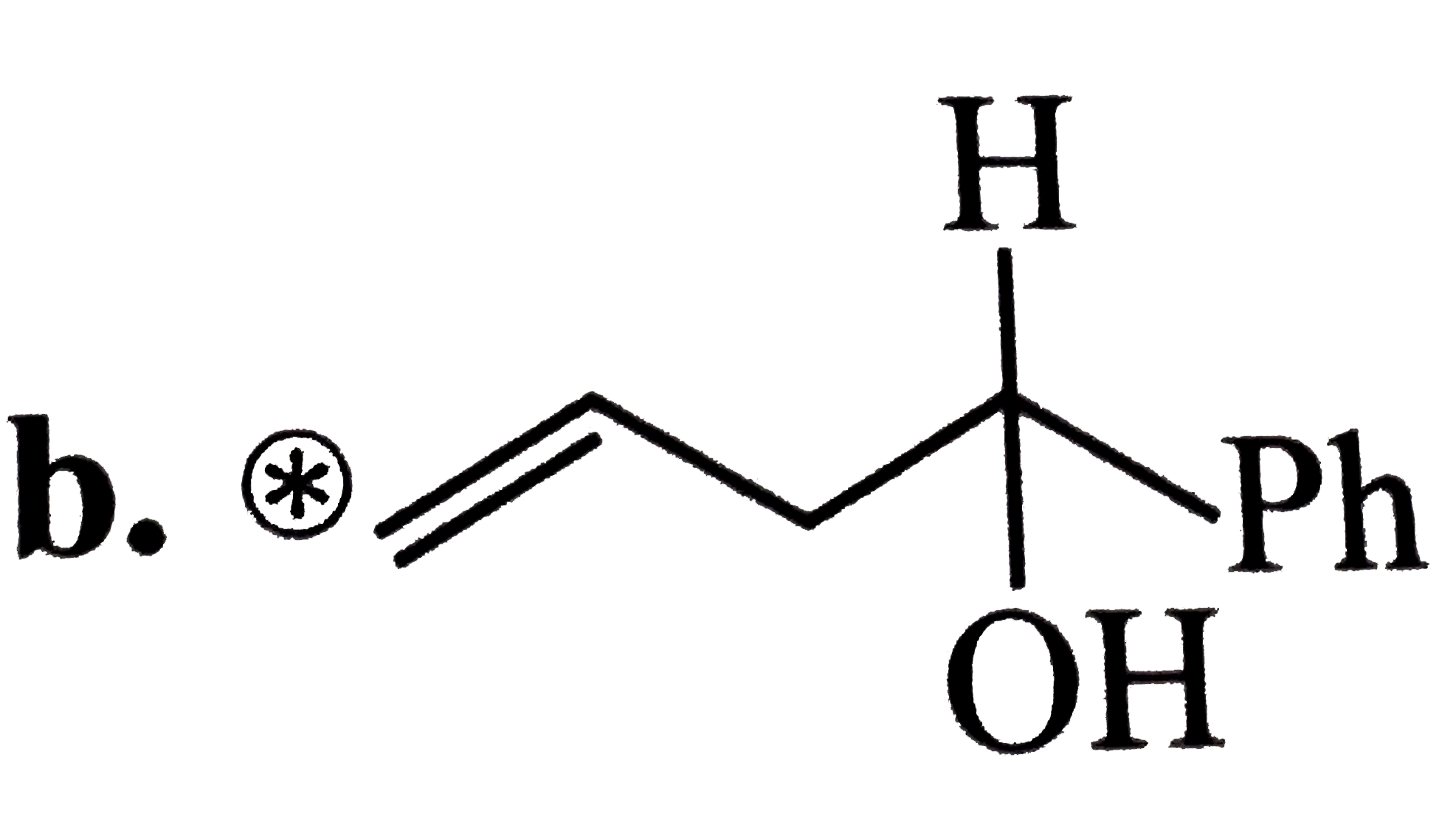and are symbols of two isotopes of magnesium. Compare these isotopes with respect to:
(i) composition of the nuclei
(ii) Electronic configuration and valence
(iii) Chemical properites
(iv) Physical properites.
(i) The nuclei of the isotops have the same numebr of protons (12) but different numbr of neutrons (12,14 respectively)
(ii) Both the isotopes have same electonic configuration of their atoms i.e 2(K) 8(L) 2(M) .They have same valence (2) as well
(iii) Since the chemical properties are related to the electronic configuration these two isotoes have the same chemical properties
(iv) Since the two isotopes differ in theri mass numbers they have different physical propertisdes .
Topper's Solved these Questions
- BOOK - DINESH PUBLICATIONCHAPTER - STRUCTURE OF ATOM EXERCISE - N.C.E.R.T In Text Problems13videos
STRUCTURE OF ATOM
- BOOK - DINESH PUBLICATIONCHAPTER - STRUCTURE OF ATOM EXERCISE - N.C.E.R.T End Exercise19videos
STRUCTURE OF ATOM
- BOOK - DINESH PUBLICATIONCHAPTER - MATTER IN OUR SURROUNDINGS EXERCISE - (LAQs) Long Answer Questions5videos
MATTER IN OUR SURROUNDINGS
Similar Questions
Two elements X and Y belong to group 1 and 2 respectively in the same period of periodic table. Compare these elements with respect to
(i) number of electrons in their outermost orbits (ii) their valencies
(iii) metallic character (iv) their atomic size
(v) formula of their chlorides (vi) formula of their sulphatesView SolutionHow many of the following statements is/are INCORRECT regarding ortho hydrogen and para hydrogen?
(i) number of neutron in ortho hydrogen is greater than that in para hydrogen.
(ii) nuclear spins are parallel in para hydrogen while opposite in ortho hyudrogen.
(iii) classification of these two is done based upon electronic spin.
(iv) chemical properties are same for both.
(v) physical properties are different for them.
(vi) para hydrogen is more stable compared to ortho hydrogen.
(vii) conversion of 100% ortho hydrogen is possible at high temperature.View Solution
Knowledge Check
- Question 1 - Select One
The amount of energy required to remove the most loosely bound electron from an isolated gaseous atom is called as first ionization energy (IE1). Similarly the amount of energies required to knock out second, third etc. electrons from the isolated and IE3>IE2>IE1.
(i) Nuclear charge (ii) Atomic size (iii) penetration effect of the electrons (iv) shielding effect of the inner electrons and (b) electronic configurations (exactly half filled and completely filled configurations are extra stable) are the important factors which affect the ionisation energies. Similarly, the amount of energy released when a neutral isolated gaseous atom accepts an extra electron to from gaseous anion is called electron affinity.
(X(g)+e−(g)→X−(g)+ energy
A positive elecrton affinity idicates that the ion X− has a lower more negative energy than the neutral atom X. The second electron affinity for the addition of a second electron to an initially neutral atom is negative because the electron replusion outweights the nuclear attraction, e.g.,
O(g)+e−Exothermic−−−−−−→O−(g),Ea=+141kJmol− ....(i)
O−(g)+e−Excothermic−−−−−−→,Ea=−780kJmol− ...(ii)
The electron affinity of an element depends upon (i) atomic size (ii) nuclear charge and (iii) electronic configuration. In general, in a group, ionisation energy and electron affinity decrease as the atomic size increases. The members of third period have some higher (e.g., S and Cl) electron affinity values than the members of second period (e.g., O and F) because second period elements have very small atomic size. Hence, there is tendency of electron-electron repulsion, which resultss in less evolution of energy in the formation of correcsponding anion.
The first ionisation energy of Na,Mg,AI and Si are in the order of:ANa<Mg>AI<SiBNa>Mg>AI>SiCNa<Mg<AI<SiDNa>Mg>AI>Si - Question 2 - Select One
 (i)Mg/ether(ii)PhCHO−−−−−−−−−−−−−−−−→(iii)H3O+ Products A
(i)Mg/ether(ii)PhCHO−−−−−−−−−−−−−−−−→(iii)H3O+ Products A B
B CBothDNone
CBothDNone - Question 3 - Select One
Light green (compound 'A')Δ−−→white Residue(B)highCTemp.+D+E
(i)'D' and 'E' are two acidic gas.
(ii) 'D' is passed through HgCl2 solution to give yellow ppt.
(iii) 'E' is passed through water first and then H2S is passed, white turbidity is obtained.
(iv) A is water soluble and addition of HgCl2 in it, yellow ppt. is obtained but white ppt does not turn into grey on addition of excess solution of 'A'
Q. The no. of water crystallisation in 'A' is :A0B2C7D5
(a). Write down the electronic configuration of (i) magnesium atom, and (ii) magnesium ion,
(At No. of Mg=12) (At. No. of S=16).View SolutionThe position of eight elements in the Modern Periodic Table is given below where atomic numbers of elements are given in the parenthesis.

(i) Write the electronic configuration of Ca. (ii) Predict the number of valence electrons in Rb. i (iii) What is the number of shells in Sr? (iv) Predict whether K is a metal or a non-metal. (v) Which one of these elements has the largest atom in size? (vi) Arrange Be, Ca, Mg and Rb in the increasing order of the size of their respective atoms.View SolutionYou are given a n element 16X8. Find out
(a) Number of protons electrons and neutrons in X.
(b) Valency of 'X'.
Write the chemical formula of the compound formed when 'X' reacts with(i) hydrogen,(ii) carbon.View SolutionAnswer the following :
(i) What is the synthetic utility of the reaction RMgX or Rli with ethylene oxide ?
(ii) How is di-tert-butyl ether synethsised ?
(iii) What product is formed when, HOCH2CH2CH2OH is heated with conc. H2SO4 ?
(iv) The following reaction gives two product. Write the structures of the products .
(CH3)2CH−O−CH3HI(excess)−−−−−−−−→Δ
(v) What would be major product in the following reaction ?
CH3−CH3∣C∣CH3−CH2BrC2H5ONa/C2H5OH−−−−−−−−−−−−−−−→Δ
(vi) Sodium metal can be used for drying diethyl ether but not ethanol.
(vii) What products are obtained when :
(viii) Di tert-butyl ether cannot be obtained by Williamson's synthesis.
(ix) A mixture of ethyl alcohol and n-propyl alcohol on treatment with conc. H2SO4 gives a mixture of three ethers.
(x) Ethers can be cleaved only by acids and not by bases.
(xi) Predict the product of the follwowing reaction :

(xii) The following is not an appropriate reaction for the preparation of tert-butyl ethyl ether.
CH3−CH3∣C∣CH3−Cl+NaOC2H5→CH3−CH3∣C∣CH3−C2H5
(a) What would be the major product of this reaction ?
(b) Write a suitable reaction for the preparation of tert-butyl ethyl ether.
(xiii) How is 1-propoxypropane synthesized from propan-1-ol? Write mechanism of this reaction.View SolutionLight green (compound 'A')Δ−−→white Residue(B)highCTemp.+D+E
(i)'D' and 'E' are two acidic gas.
(ii) 'D' is passed through HgCl2 solution to give yellow ppt.
(iii) 'E' is passed through water first and then H2S is passed, white turbidity is obtained.
(iv) A is water soluble and addition of HgCl2 in it, yellow ppt. is obtained but white ppt does not turn into grey on addition of excess solution of 'A'
Q. 'C' is soluble in :View Solution

